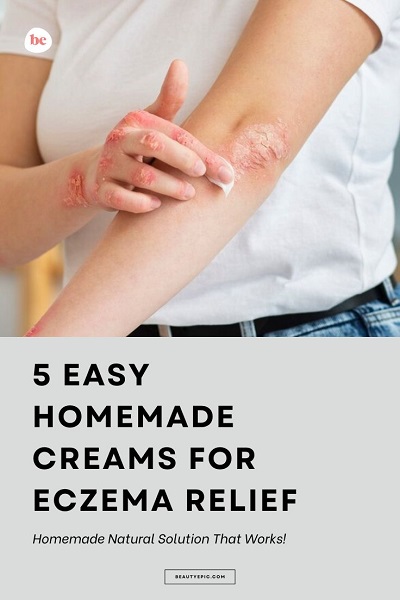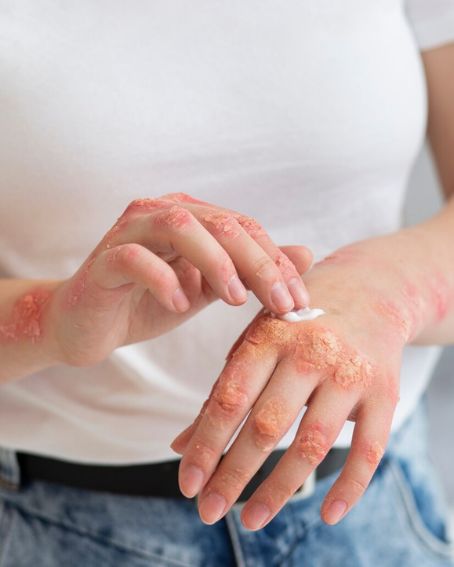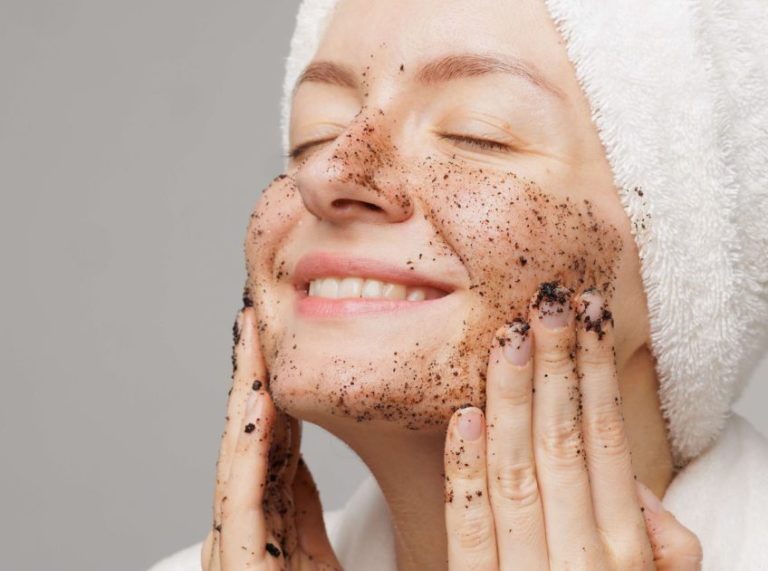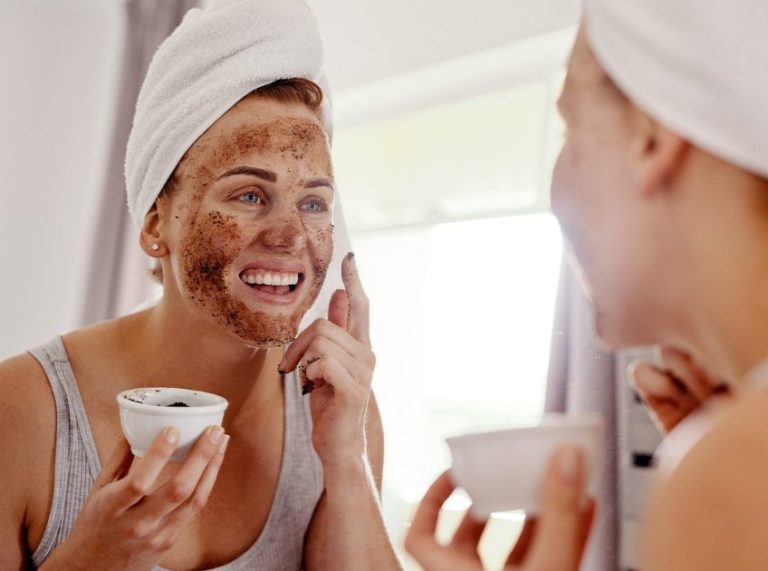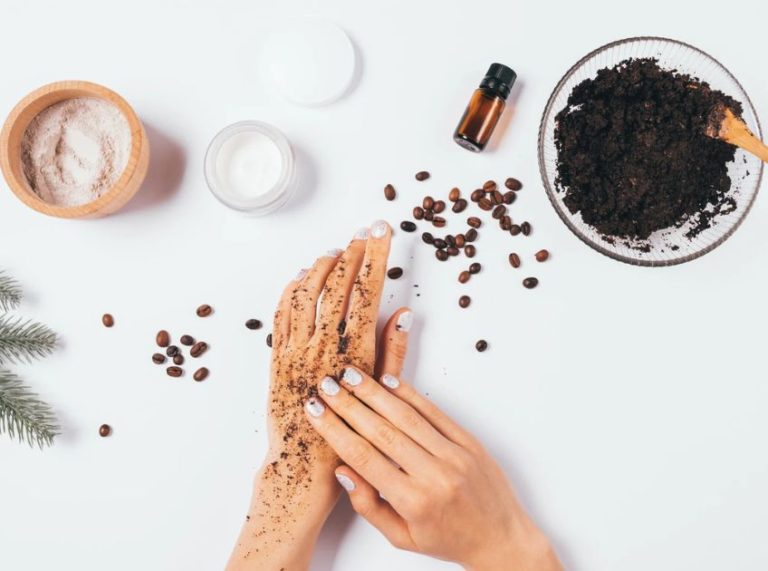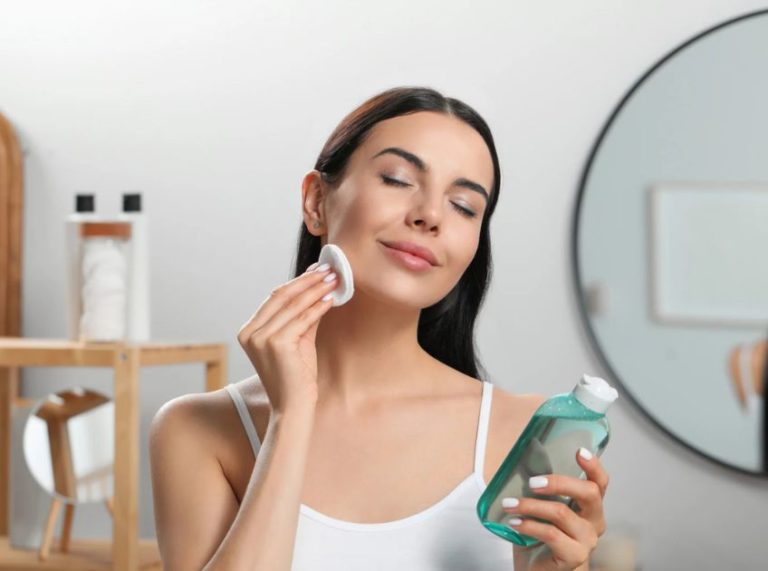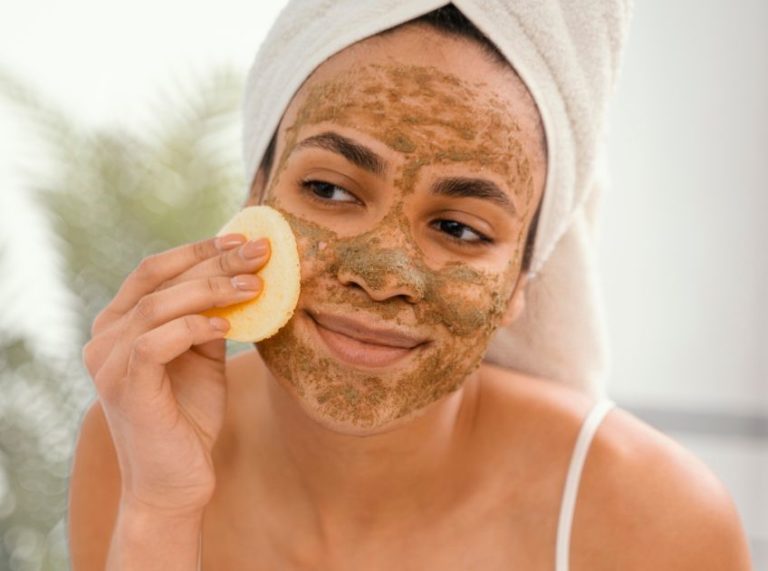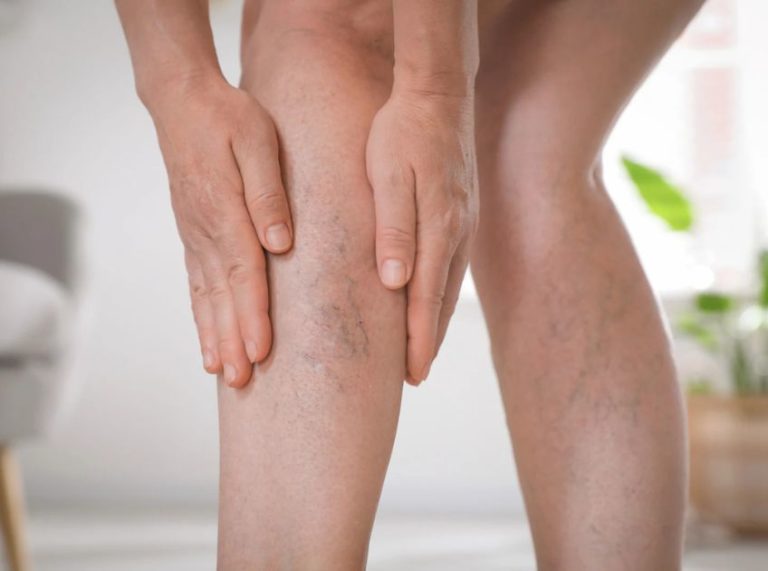
Important: This article is for informational purposes only. Please read our full disclaimer for more details.
Eczema, also known as atopic dermatitis, causes dry, itchy, and inflamed skin that can be difficult to manage. While prescription treatments help many, natural, homemade remedies can offer gentle, affordable relief, especially when crafted with skin-soothing ingredients. These DIY eczema creams are easy to make and backed by both tradition and emerging science.
In this post, discover five dermatologist-inspired homemade creams that calm irritated skin and nourish your eczema-prone areas naturally.
Can DIY Creams Help Eczema?
Yes—when made with the right ingredients. Many natural oils and butters have anti-inflammatory, antimicrobial, and deeply moisturizing properties that support skin barrier repair. According to the National Eczema Association, ingredients like colloidal oatmeal, coconut oil (1), and shea butter can help manage symptoms by reducing dryness and itchiness.
A study published in Dermatitis (2014) found that coconut oil significantly improved skin hydration and reduced eczema severity compared to mineral oil (2) (3). Another 2013 review in The Journal of Drugs in Dermatology emphasized the skin-calming benefits of natural emollients like sunflower oil and beeswax (4).
The 5 Best Homemade Creams for Eczema Relief
Each of these creams is designed with sensitive skin in mind, free from fragrances and harsh preservatives.
1. Coconut & Shea Butter Healing Cream
This ultra-hydrating combo helps lock in moisture and reduce inflammation.
Ingredients
- 3 tbsp unrefined shea butter
- 2 tbsp virgin coconut oil
- 1 tsp jojoba oil
- 5 drops chamomile essential oil (optional)
Directions to Use
Melt shea butter and coconut oil using a double boiler. Stir in jojoba and essential oil. Let it cool and whip until creamy.
How to Apply
- Apply twice daily to affected areas
- Use after showering to lock in moisture
- Store in a cool, dry container
- Avoid using on broken skin
2. Colloidal Oatmeal & Beeswax Barrier Cream
Colloidal oatmeal calms the itch, while beeswax forms a protective layer.
Ingredients
- 2 tbsp colloidal oatmeal
- 2 tbsp beeswax pellets
- 4 tbsp sweet almond oil
- 1 tsp vitamin E oil
Directions to Use
Melt beeswax and almond oil in a double boiler. Stir in oatmeal and vitamin E. Let cool until thickened.
How to Apply
- Apply to itchy or flaky areas
- Reapply before bed for overnight relief
- Avoid contact with the eyes
- Patch test if you’re new to beeswax
3. Aloe Vera & Calendula Cream
Known for anti-inflammatory and wound-healing properties, this cream soothes flare-ups.
Ingredients
- 1/4 cup pure aloe vera gel
- 2 tbsp calendula-infused oil
- 1 tsp glycerin
- 3 drops tea tree oil (optional)
Directions to Use
Mix all ingredients in a sterilized jar. Shake well before use. Refrigerate for up to 7 days.
How to Apply
- Use 2–3 times a day
- Ideal for hot, inflamed patches
- Store in the fridge for extra cooling
- Discontinue if redness worsens
4. Honey & Olive Oil Moisture Cream
Raw honey has antibacterial properties, while olive oil softens and strengthens the skin barrier.
Ingredients
- 2 tbsp extra virgin olive oil
- 1 tbsp raw honey
- 1 tbsp beeswax
Directions to Use
Melt beeswax and olive oil together. Once cooled slightly, stir in honey until smooth.
How to Apply
- Apply thinly to dry patches
- Let sit 15 minutes before rinsing (if sticky)
- Use 1–2 times a day
- Avoid open wounds
5. Sunflower Seed Oil & Shea Balm
Sunflower oil is rich in linoleic acid, which helps restore the skin barrier.
Ingredients
- 3 tbsp sunflower seed oil
- 2 tbsp shea butter
- 1 tsp calendula oil
Directions to Use
Warm shea butter until soft, then blend with sunflower and calendula oils. Store in a glass jar.
How to Apply
- Use morning and night
- Massage gently into the skin
- Suitable for face and body
- Safe for long-term use
More At-Home Remedies That Soothe Eczema
In addition to DIY creams, these home remedies can enhance skin comfort:
- Oatmeal Baths: Add colloidal oatmeal to bathwater to relieve itch.
- Cool Compresses: Help reduce inflammation during flare-ups.
- Humidifiers: Keep indoor air moist, especially in winter.
- Cotton Clothing: Prevents friction and reduces irritation.
- Fragrance-Free Soaps: Avoid harsh detergents that strip natural oils.
Frequently Asked Questions (FAQ’S)
Q1: Are essential oils safe for eczema-prone skin?
A: Some are, like chamomile or lavender, but always use them diluted and perform a patch test. Avoid strong oils like peppermint or citrus that may irritate sensitive skin.
Q2: How long do homemade eczema creams last?
A: Most creams without preservatives should be used within 1–2 weeks. Store them in airtight containers in the fridge to prolong freshness.
Q3: Can I use these creams alongside prescription treatments?
A: Yes, but consult your dermatologist first. These creams are great for maintenance and prevention, but may not replace steroid or medicated treatments during severe flare-ups.
Final Thoughts: Heal Gently with Nature’s Touch
Homemade eczema creams can be a gentle, effective way to support your skin’s healing. With natural ingredients backed by science, these DIYs offer soothing hydration without the harsh chemicals often found in commercial products. While not a cure, they can be a valuable part of your eczema care routine, especially when paired with a healthy lifestyle and proper skincare habits.
